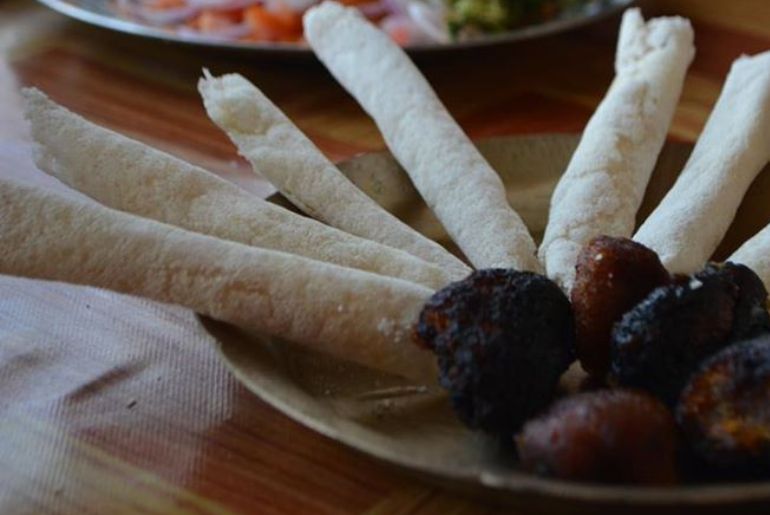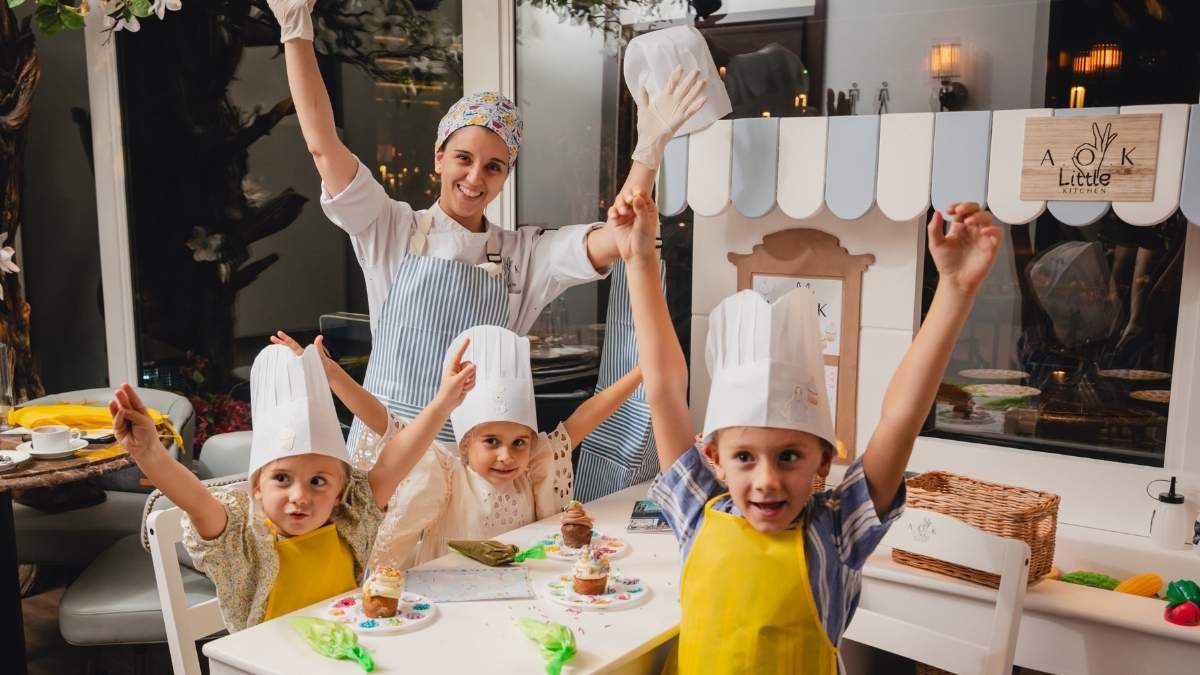In April, Assamese kitchens churn out kilos of Laru-pitha (Assamese pancakes and ladoos) to celebrate the Assamese New Year or Rongali Bihu. The festival is a celebration of the arrival of spring, the onset of the agricultural season, and the abundance of nature’s blessings. Although it is a three-day-long affair celebrated with great enthusiasm and zeal, preparations begin a week before.
Day 1: Goru Bihu

The first day of the Rongali Bihu festival is known as Goru Bihu, which is dedicated to cattle. People offer prayers to the cattle and are also fed special food, which is prepared using rice, pulses, and other ingredients. They scrub the animals with a paste of fresh turmeric and black gram before bathing them.
Day 2: Manuh Bihu
This is the day to come together as a family and visit ancestral homes to meet grandparents and extended family. Women wear the traditional mekhela chadors and the elders are gifted handwoven gamuchas (traditional Assamese stole) with intricate floral designs.
Day 3: Guxain Bihu
Day three is dedicated to the Gods and is known as Guxain Bihu. Farmers and families visit the namghor which are traditional Assamese temples to pray for a fresh start and the beginning of the sowing season. Food is almost always vegetarian fare with light options.
Also Read: Rongali Bihu Is The Best Time To Visit Assam And Here’s Why!
Day 4: Sera Bihu
After three long days of feasting, detoxification is important. Eating something bitter on day four of Bohag Bihu is a common custom. It could be tita kerela (bitter gourd), neem paat (neem leaves), methi paat (fenugreek leaves)—all of which are gut healthy. Some families make a concoction of these greens to have as a detox juice.
Eating During Rongali Bihu

On ban kaahis (bell metal plates), delicious homemade pithas are laid out. There are ghila pithas (sticky rice pancakes flavored with jaggery and fried in mustard oil), tekeli pithas (rice pancakes steamed in a kettle), and til pithas (sticky rice rolls stuffed with sesame and jaggery), narikol pithas (sticky rice rolls stuffed with coconut and jaggery), til laddus, coconut laddus, bhap pithas (steamed rice pancakes stuffed with coconut). A fresh cup of tea pairs perfectly with each pitha.
Most often, lunch consists of doi-seera (curd with jaggery and flattened rice) served in gleaming bell-shaped metal bowls. Curd and flattened rice sweetened with jaggery are blended into jolpan, a lip-smacking dish that naturally cools the body. There is nothing better than feasting with family guilt-free on Rongali Bihu.
Cover image credits: Wikimedia Commons
First Published: April 12, 2023 8:20 PM



